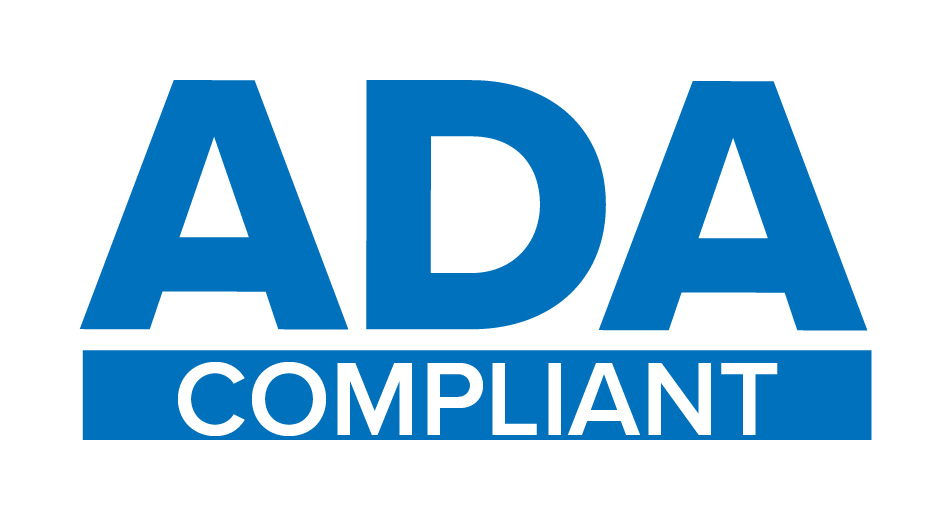A: Main, Main, News, Newsletter
January 5, 2023
Citizens’ outcry dooms crisis center
Citing concerns about facility security, neighborhood safety, plummeting property values and possible future expansion of CREOKS Behavioral Health Services’ assessment and treatment programs, more than 50 Sallisaw residents jammed the City Council Chambers for a public hearing at Tuesday night’s city planning commission meeting regarding a proposed overnight behavioral crisis treatment center to declare with one voice, not in my backyard.

